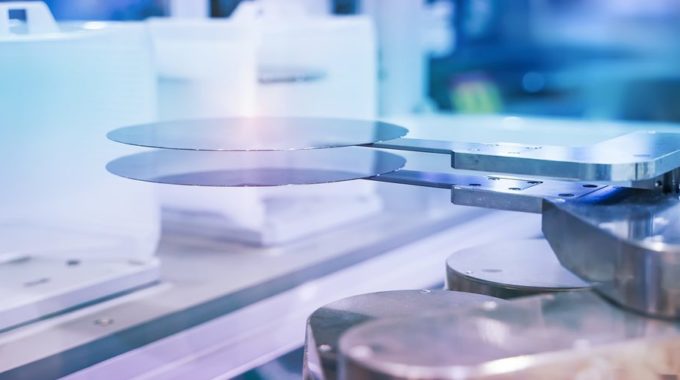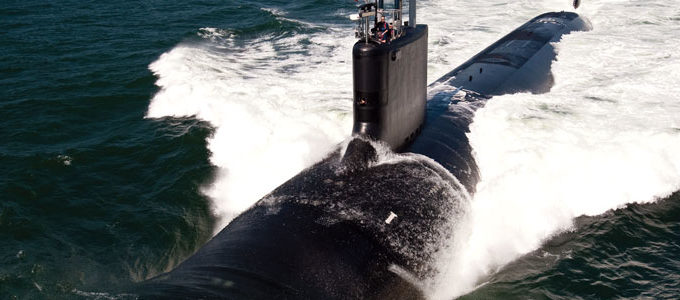Join us this Thursday, Aug 26th for the webinar presented by Doyle T. Motes III,…

Advances in Combat Casualty Care
With recent advances in medical technology and combat casualty care, today’s wounded warrior (such as the one discussed in the companion article, “An Account of a Future Wounded Warrior,” on page 5) is being supported with state-of-the-art treatment materials and techniques never before seen. As a result, critical injuries can be repaired more rapidly; nonrecoverable limbs can be replaced more effectively; and lives can be saved more often. In this article, we examine some of the major technologies that are expected to help make these improved outcomes possible.
MEDICAL MATERIALS AND WOUND CARE
Simply put, the battlefield is an extremely dangerous place. Many sharp edges moving at high velocity and expansive projectiles moving at even higher velocities represent a tremendous danger to the Warfighter. Likewise, concussive waves and effects from exploded ordnance can significantly minimize or negate the protection afforded by the use of body armor. Traditionally, a Warfighter coming in contact with these combat threats has meant that, at best, medical teams were likely going to have their hands full and, at worst, there was a strong possibility of losing valued combat personnel.
Fortunately, solutions are becoming available to counteract these injury scenarios to the Warfighter, both in the near term and future. In the areas of both internal and external hemorrhaging, several unique materials and techniques are emerging to help sustain a Warfighter against his/her wounds. As discussed in the sections that follow, these include expansive medical foams, doped primary care (DPC) wound dressings, and hydrogel scaffolds.
Expansive Medical Foams
Consider the age-old elementary school science project: the volcano. When certain measures of vinegar and baking soda are combined, the material expands for a brief period of time as gas and bubbles. Via a similar principle, foam is simply that reaction with a suspender added so as to retain structure. Similarly, consider the behavior of a two-part epoxy system, which is typically used in adhesion processes. Two separate materials, when combined, produce a new material that solidifies. When combining the properties of foam generation, two-part epoxy systems, and biomedical application, the result is expansive medical foam (as shown in Figure 1). These foams are intended to be hemostatic in nature, meaning that their purpose is to stop the bleeding as quickly as possible. Their component structures must therefore be biocompatible and reduce the lethality of a severe internal bleed. read more
Article from DSIAC – Defense Systems Information Analysis Center



